Trebbiano is a famous white grape variety that is highly widespread in Italy. There are about 50 000 hectares of it present there. The variety is usually put into blended wines but can also be used to make varietal wines. Besides in Italy, it's grown in many other regions around the world, including Canada, USA, Spain, France, Portugal, Australia, Uruguay, Argentina, Mexico, Moldova and others.
Trebbiano is characterized by upright vines. The leaves are large, full, rounded, usually trifoliate. They are rough, having trichomes on the underside. Their upper side is colored dark green, the bottom is relatively light. The grape clusters are medium-sized, compact, with a cylindrical or conic shape. They stand out with their pointed ends.
The grapes are round, medium-sized, green at first, then yellowish after they ripen. They possess a tough and stretchy skin, beneath which lies a soft, watery flesh. When collecting the harvest manually, practice extreme caution, since the softness of the fleshy part makes the fruit vulnerable. The fruits of Trebbiano are characterized by high levels of acidity, a gentle aroma, unobtrusive taste. Fruity nuances are sometimes noticed. The sugar content in them comes out to about 17%.
It appears that Trebbiano grows best in sandy-clay soils in sunny and warm weather. It ripens relatively late - during the first half of October. If grown in the right terrain, it has good yield and quick vine development. Trebbiano is resistant to diseases but if grown in sandy soils, roundworms may appear in its roots.
History of Trebbiano
There are some doubts as to the origins of Trebbiano since large plantations of it are found in France as well. As such, it's difficult to say with certainty whether it originated from Italy or France. What is known however, is that the variety appeared in the eastern Mediterranean back in Roman times. By the 13th century it was already well-known in Bologna.

For years, Trebbiano was used by winemakers in Tuscany to make Chianti red wines. At the time, the belief was that it made the colors of those types of wines nicer, plus it provided them a longer shelf life. In modern times, this practice isn't particularly popular.
Types of Trebbiano
Trebbiano truly is a wonderful variety that does also have equally high quality sub varieties used in lavish blended wines. Some examples include Trebbiano Veronese, Trebbiano di Soave and Trebbiano di Lugana. A sub variety of Trebbiano is also found in Umbria.
There, the sub variety is called Procanico. Other sub varieties that Italian winemakers use are Trebbiano Romagnolo, Trebbiano Giallo, Trebbiano Toscano, Trebbiano d’Abruzzo and Trebbiano della Fiamma.
Characteristics of Trebbiano
The wines which Trebbiano is used in are usually white, fresh and fine. Their coloration usually ranges from light to golden, with greenish tones sometimes present. The taste is balanced and very pleasant. Upon tasting it, one picks up on fruity hints reminiscent of lemon, grapefruit, ripe apples, peaches. The delicate, heady fragrance one senses when drinking it also reminds of the aforementioned fruits. The acidity levels feel fresh and the sugar content is satisfyingly good.
Serving Trebbiano

When serving a wine of this grape variety, there's nothing much special or different than with other varieties of wines. The white wine needs to be chilled before serving in this case as well. Aim for a temperature of 50°F (9 °C). Pour the wine into a classic tulip wine glass, which is especially suitable for light and young wine beverages. Remember that a tulip wine glass is characterized by a rim gradually opening outward. When pouring in the wine, there's no need to fill the glass up all the way, only 1/2 or 2/3 of it.
It is best to serve Trebbiano wines at the beginning of the evening since they are lighter, and the rule goes that whenever serving several types of wine you begin from the fresher ones and work your way to the heavier, more aged ones. Fortunately, the choice of foods to pair with these white wines is a rich one. Undoubtedly, the most suitable are fish and seafood dishes, such as crabs, lobsters, shrimp, mussels.
Try the wine with hake with cream, hake with mussels, charcoal roasted octopus, stuffed shrimp or crab souffle. If you're not a big fan of seafood and prefer bird meat, you also have options for combining it with Trebbiano wines. You can serve the wine in combo with specialties such as chicken tikka, chicken in parchment paper, chicken skewers or chicken schnitzels.
Suitable appetizing additions to these types of white wine are certain dairy products as well. Try Trebbiano with hard and fragrant goat cheeses to enjoy a fully harmonious end result. If you prefer low-fat dishes, you can make a fresh salad that also goes just as well with the wine. If you're still not sure which one to pick, we recommend mixed salad, cauliflower salad or Tabbouleh.

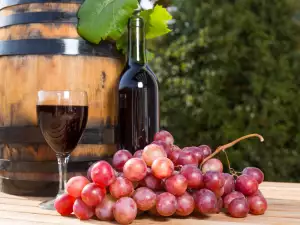
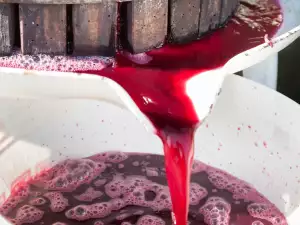


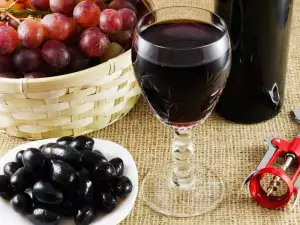
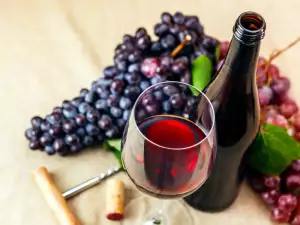

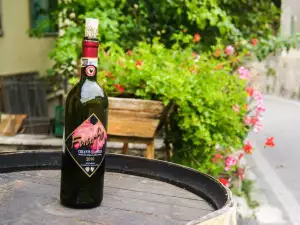

Comments